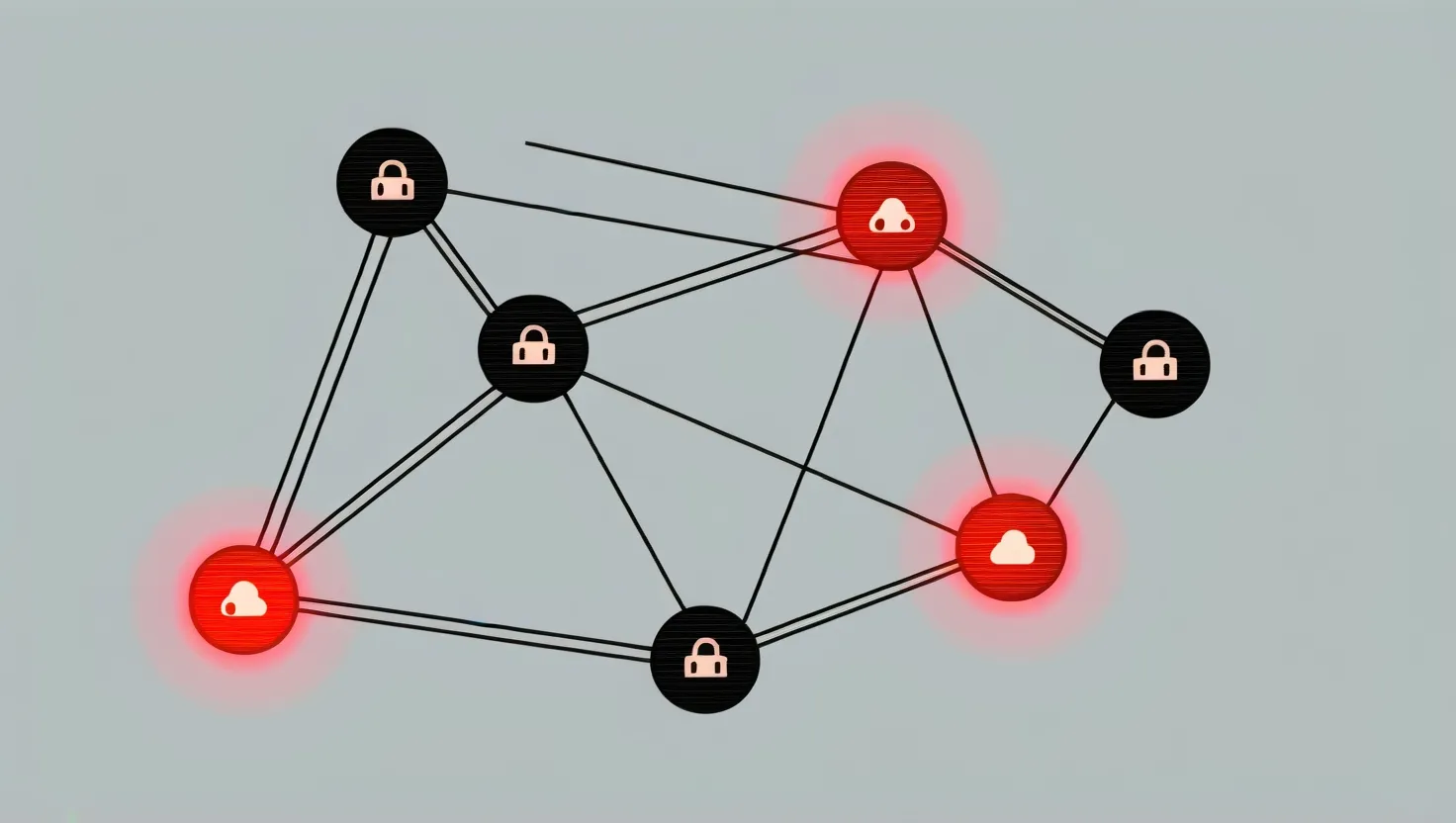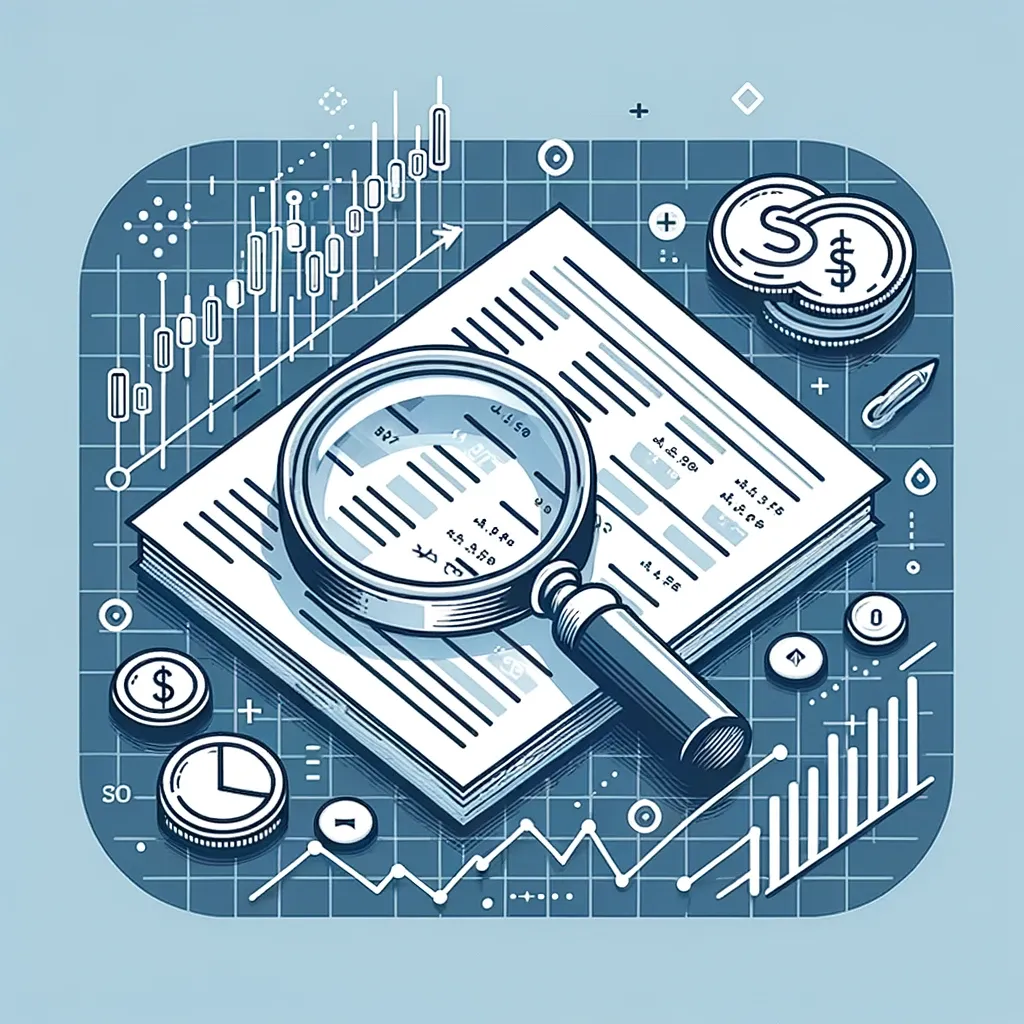In the ever-evolving landscape of cybersecurity, tracking the right metrics is not just a necessity, but a survival strategy. As the old adage goes, “You can’t manage what you can’t measure,” and this is particularly true when it comes to protecting your organization’s digital assets. Here, we’ll delve into five critical cybersecurity metrics that every business should be tracking, and why they are so vital.
The Speed of Detection: Mean Time to Detect (MTTD)
Imagine a scenario where a malicious actor has infiltrated your network, and every minute counts. The Mean Time to Detect (MTTD) is a metric that measures the average time it takes for your team to identify a security incident. It’s a race against time, where the faster you detect, the less damage you incur.
“Time is a great teacher, but unfortunately it kills all its pupils,” said Louis Hector Berlioz. In cybersecurity, time is indeed a teacher, but it’s one we must learn from quickly. A lower MTTD indicates that your organization is agile and responsive, capable of identifying threats before they escalate into full-blown crises.
To improve MTTD, organizations need to ensure they have full visibility over their network, avoid siloed detection processes, and stay updated with the latest threat intelligence. For instance, companies like Google and Microsoft invest heavily in advanced threat detection systems and continuous monitoring to keep their MTTD as low as possible.
The Patchwork of Security: Patch Management Efficiency
Patch management is the unsung hero of cybersecurity. It’s the process of ensuring that all your devices and software are up-to-date with the latest security patches. This metric assesses how consistently and efficiently your organization applies these patches.
“The only true wisdom is in knowing you know nothing,” said Socrates. In the context of patch management, this wisdom translates to recognizing the vulnerabilities in your system and addressing them proactively. High-risk vulnerabilities left unpatched can become the Achilles’ heel of your cybersecurity posture.
Companies that excel in patch management often have automated systems in place that ensure continuous update compliance. For example, a company like Amazon, with its vast infrastructure, relies on automated patching to keep its systems secure. This not only prevents attacks but also reduces the risk of compliance issues.
The Human Factor: Employee Security Awareness Scores
Employees are often the weakest link in the cybersecurity chain, but they can also be the strongest defenders if properly trained. Employee security awareness scores measure how well your workforce understands and adheres to cybersecurity best practices.
“The best way to predict the future is to invent it,” said Alan Kay. By educating your employees on cybersecurity, you are inventing a safer future for your organization. Regular training sessions, phishing simulations, and awareness campaigns can significantly improve these scores.
Companies like IBM have seen remarkable improvements in their cybersecurity posture by investing in employee training programs. These programs not only reduce the risk of insider threats but also foster a culture of security within the organization.
The Shield of Encryption: Data Encryption Rates
Data encryption is the process of converting plaintext data into unreadable ciphertext to protect it from unauthorized access. The data encryption rate metric measures the percentage of data that is encrypted across your systems.
“Encryption works. Properly implemented strong crypto systems are one of the few things that you can rely on,” said Edward Snowden. Encryption is indeed a powerful tool, but its effectiveness depends on how widely and consistently it is implemented.
Organizations that prioritize data encryption, such as financial institutions and healthcare providers, often have strict policies in place to ensure that all sensitive data is encrypted both in transit and at rest. For instance, a company like PayPal, which handles sensitive financial information, ensures that all data is encrypted to protect against breaches.
The External Risk: Third-Party Vendor Risk Assessment Results
In today’s interconnected world, the risk of a cyber breach doesn’t stop at your organization’s borders. Third-party vendors can be a significant vulnerability if not properly assessed.
“No man is an island,” said John Donne. In cybersecurity, no organization is an island either. The risk from third-party vendors is real and needs to be addressed through regular risk assessments.
Companies like Target and Home Depot have learned the hard way about the importance of third-party vendor risk assessments. By conducting thorough assessments and setting strict security standards for vendors, organizations can mitigate these risks effectively.
Industry Benchmarks and Strategies for Improvement
Each of these metrics has industry benchmarks that can serve as a yardstick for performance. For example, the average MTTD for most organizations is around 200-300 days, but top performers aim to reduce this to under 24 hours.
To improve these metrics, organizations need to adopt a holistic approach. This includes investing in advanced security tools, training employees, and implementing robust patch management and encryption policies. Regular audits and risk assessments can also help identify gaps and areas for improvement.
Real-World Examples
Several companies have successfully used these metrics to enhance their security programs. For instance, Microsoft’s robust patch management system and continuous monitoring have significantly reduced their MTTD. Google’s extensive employee training programs have improved their security awareness scores, making their workforce a strong line of defense.
In conclusion, tracking these five cybersecurity metrics is not just about numbers; it’s about creating a culture of security within your organization. By focusing on MTTD, patch management efficiency, employee security awareness scores, data encryption rates, and third-party vendor risk assessment results, you can build a robust cybersecurity posture that protects your business from the ever-evolving threats in the digital world.
As the famous cybersecurity expert, Bruce Schneier, once said, “Security is not a product, but a process.” By embracing this process and tracking the right metrics, you can ensure that your organization remains secure and resilient in the face of cyber threats. So, the question remains: Are you ready to take the first step in this critical journey?






